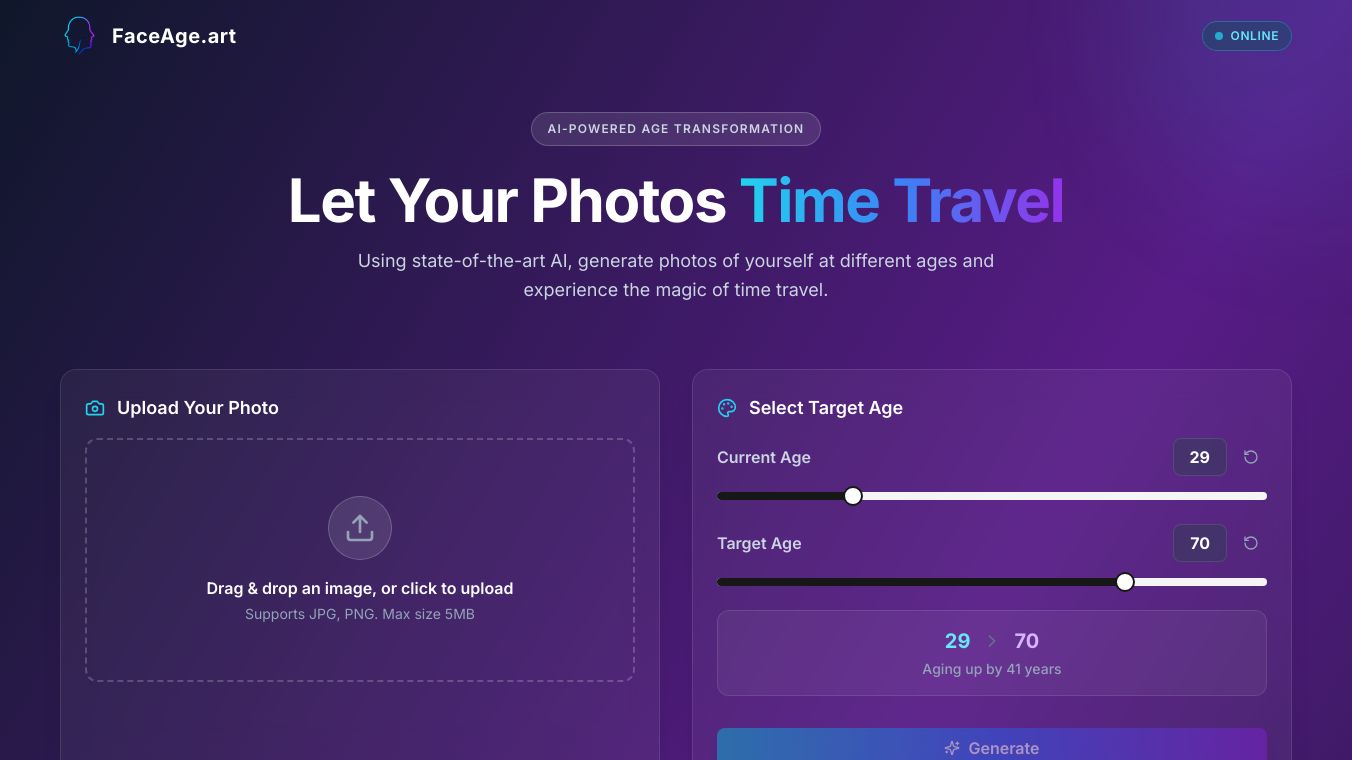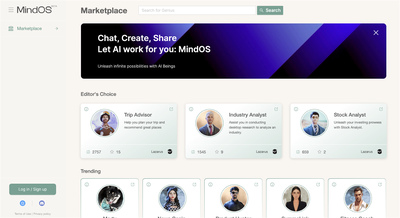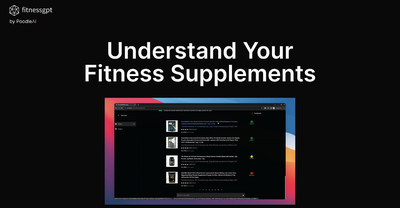FaceAge.art

FaceAge.art is an innovative AI tool designed to estimate a person's biological age by analyzing selfies. Developed by Mass General Brigham, this technology combines medical science and deep learning to provide insights into how old your body truly feels, which can differ from your chronological age. By examining subtle facial features such as skin texture, wrinkles, and muscle tone, FaceAge.art offers a unique perspective on aging and health.
Benefits
FaceAge.art provides several key benefits:
- Personalized Healthcare: Helps doctors tailor cancer treatments by predicting patient outcomes more accurately than traditional methods.
- Early Insights: Identifies patients who may need more or less aggressive treatments based on their biological age.
- Non-Invasive: Uses simple selfies, making it an easy and accessible tool for both patients and healthcare providers.
- Enhanced Accuracy: In clinical trials, FaceAge.art outperformed doctors in predicting patient survival rates based on facial data alone.
Use Cases
FaceAge.art is primarily used in healthcare settings to support clinicians in personalizing cancer care. By estimating a patient's biological age, doctors can make more informed decisions about treatment intensity and palliative care planning. This tool can also be adapted for other chronic diseases, making biological age a common health metric.
Vibes
FaceAge.art has shown promising results in clinical trials, demonstrating its potential to transform how doctors approach treatment. Patients with a biological age exceeding 85 years exhibit significantly reduced survival rates, highlighting the tool's ability to provide actionable health insights. However, it is important to note that the technology still faces limitations and requires further validation and regulatory oversight before widespread adoption.
Additional Information
FaceAge.art is currently being tested in a few hospitals and is under development to enhance fairness and accuracy. Researchers are working on a second-generation model based on data from 20,000 patients to address potential biases and improve the tool's reliability. Ethical regulations and transparency are also being considered to address potential misuse and bias.






Comments
Please log in to post a comment.